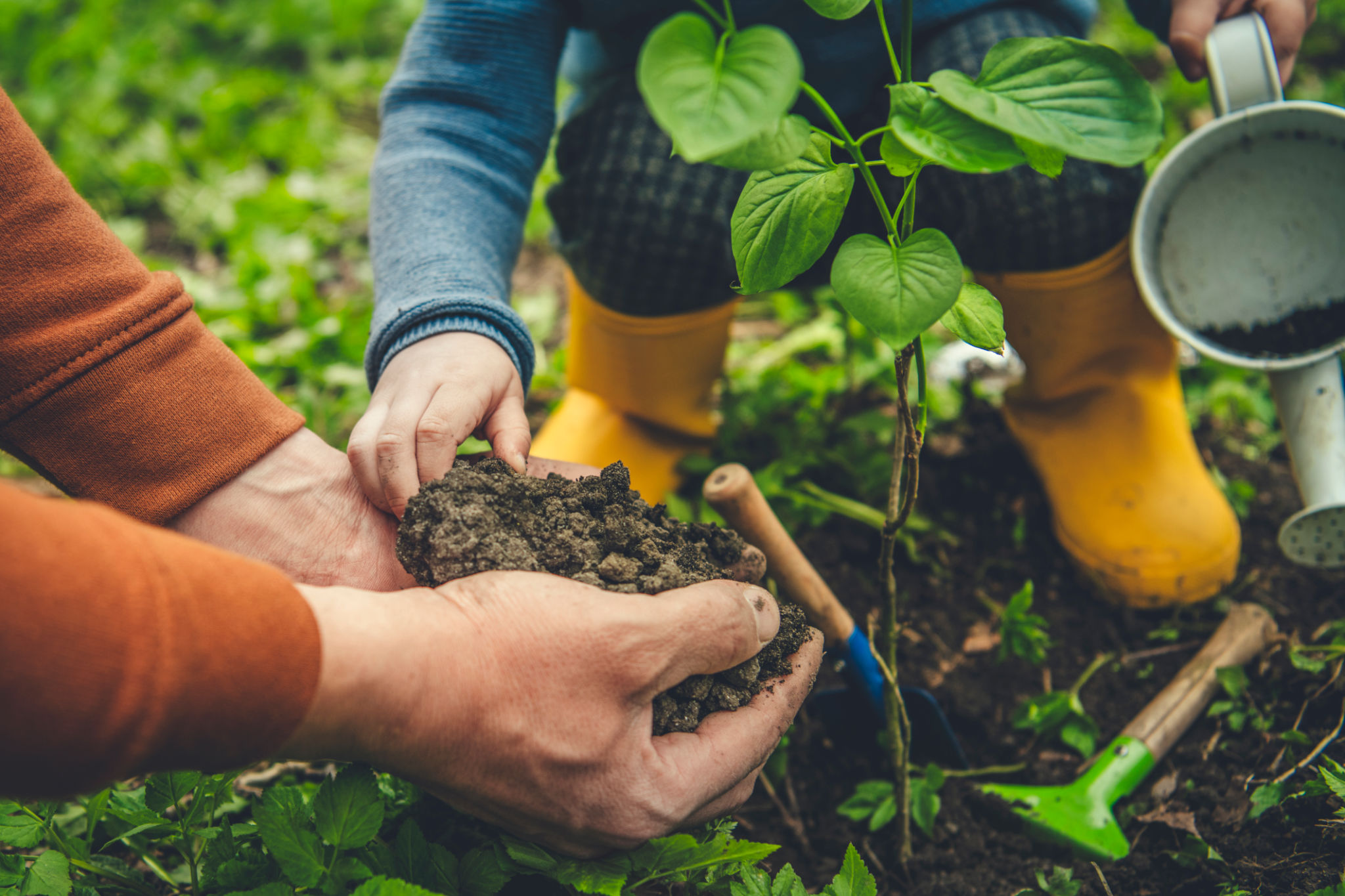How to Support Your Child's Science Learning at Home
Creating a Science-Friendly Environment
Supporting your child's science learning at home begins with creating an environment conducive to exploration and curiosity. Start by designating a space where your child can explore, experiment, and learn. This can be a small corner of a room with a table or desk dedicated to science activities.
Stock this area with basic supplies like paper, pencils, markers, and simple science kits. Additionally, keeping a variety of inexpensive materials such as magnifying glasses, measuring tapes, and magnets can spark curiosity and experimentation.

Encourage your child to ask questions about the world around them. Whether it's wondering why the sky is blue or how plants grow, fostering a questioning mindset is key to scientific discovery.
Incorporating Daily Science Activities
Integrating science into everyday activities can make learning seamless and fun. Cooking, for instance, offers opportunities to discuss measurements, chemical reactions, and the science of heat. Discuss the process of baking bread or the changes that occur when boiling water.
Gardening is another wonderful way to teach science at home. It introduces concepts such as photosynthesis, plant life cycles, and ecology. Involve your child in planting seeds, watering them, and observing their growth.

Leveraging Technology
Technology can be a powerful tool in supporting your child's science education. There are numerous educational websites and apps designed to teach scientific concepts in an engaging manner. Platforms like Khan Academy or National Geographic Kids offer interactive lessons that can complement what your child learns in school.
Moreover, documentaries and educational videos can provide visual explanations of complex scientific ideas. Encourage your child to watch programs related to their interests, whether it's space exploration or marine biology.
Encouraging Hands-On Experiments
Hands-on experiments are crucial for understanding scientific principles. Simple experiments using household items can demonstrate basic concepts. For example, creating a homemade volcano with baking soda and vinegar illustrates chemical reactions vividly.

Another idea is to explore physics through building simple machines using cardboard, rubber bands, and other materials. This not only teaches scientific principles but also enhances problem-solving skills and creativity.
Connecting with Nature
Nature offers endless opportunities for scientific exploration. Encourage your child to observe different species of plants and animals during walks or hikes. Discuss ecosystems, habitats, and the interdependence of living organisms.
You can also engage in bird watching or stargazing, keeping a journal to document observations. This practice helps develop attention to detail and scientific recording skills.
Engaging with Science Communities
Connecting with science communities can expand your child's exposure to scientific ideas and discussions. Look for local science clubs or online forums where your child can interact with peers who share similar interests.

Participating in science fairs or competitions can also be motivating and rewarding. These platforms provide opportunities for your child to showcase their projects and receive feedback from others.
Supporting your child's science learning at home is about nurturing their innate curiosity and providing opportunities for exploration. By creating a science-friendly environment, incorporating daily activities, leveraging technology, encouraging experiments, connecting with nature, and engaging with communities, you can help cultivate a lifelong love for science in your child.